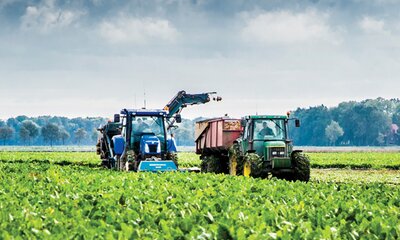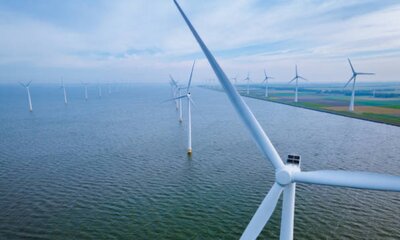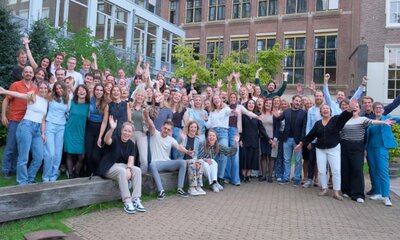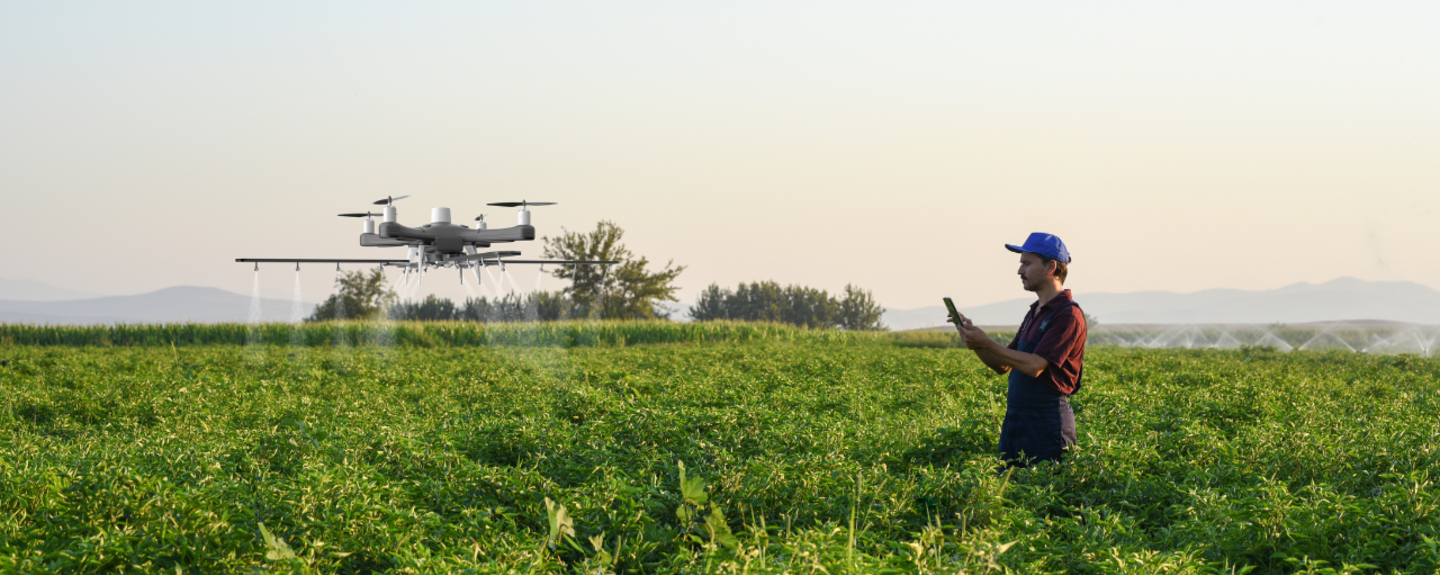Navigating AI Regulation in the EU: The Impact of the AI Act
Artificial Intelligence (AI) has emerged as a transformative new tool across industries, prompting regulatory frameworks to ensure innovation aligns with safety and ethical standards. In this article, we explore the European Parliament's AI Act – a pioneering legislation designed to regulate AI technologies within the EU while balancing innovation with protection. Additionally, we provide insights and two examples of how AI can already today revolutionise agriculture, showcasing its potential to enhance efficiency and sustainability in the sector.
Understanding the AI Act: Balancing Innovation and Protection
The AI Act represents a significant milestone in EU regulation, aiming to foster AI innovation while safeguarding fundamental rights and safety. It categorises AI applications based on risk, prohibiting those that might pose unacceptable risks to individuals' rights and safety, such as intrusive biometric identification and social scoring. High-risk AI systems, essential in sectors like transportation and healthcare, face strict requirements ensuring transparency, accountability, and human oversight. Meanwhile, low-risk applications, such as chatbots, adhere to specific transparency obligations, and minimal-risk uses, like gaming AI, enjoy minimal regulation.
Ensuring Transparency and Accountability
Transparency and accountability are core principles underpinning the AI Act. Providers of high-risk AI systems must implement robust risk management systems, stringent data governance measures, and ensure clear documentation to users regarding AI functionalities and decision-making processes. Continuous monitoring post-market ensures compliance throughout the AI system lifecycle, offering reassurance to stakeholders and consumers.
Fostering Innovation: Regulatory Sandboxes and International Cooperation
To encourage innovation, the AI Act introduces regulatory sandboxes – controlled environments where businesses can test and develop AI technologies under regulatory supervision. This approach supports experimentation while upholding safety and ethical standards. Moreover, the Act promotes international cooperation on AI standards, fostering alignment with global norms to facilitate trade and innovation on a global scale.
AI in Agriculture: Newest Research
After presenting insights on the ‘rules’ of AI in the EU, let’s explore two examples of how low- and minimal risk AI systems can present opportunities for food producers – already today.
Crop disease protection
Machine learning algorithms (an example of a minimal risk AI system) can help identify infected crops. A recent study by researchers from Beijing and Shantou University demonstrated how these algorithms successfully detected yellow rust in wheat fields through analysing plant images. This method not only saved time but also facilitated early intervention, crucial for preventing widespread damage throughout the field.
Enhanced Irrigation systems
Another study from the Virginia Polytechnic Institute showcased the potential AI holds in irrigation systems. Researchers developed a spraying system that adjust strategies based on specific crop conditions. These systems can target each weed individually, improving the precision and effectiveness of treatments. This approach not only enhances crop quality but also reduces environmental impact by ensuring a more efficient water usage.
AI in Agriculture: European Initiatives
In Europe, the Agrifood Testing & Experimentation Facility (TEF) stands at the forefront of integrating AI and robotics into agriculture. This initiative supports field testing and validation while fostering collaboration among farmers, innovators, and SMEs. Actively collaborating with Schuttelaar & Partners, AgrifoodTEF is designed to empower sustainable and efficient food production across the continent. It functions as a network of digital and physical facilities, offering over 200 different AI services to enhance agricultural practices.
Examples range from satellite technologies and optimised uses of natural resource fertilizers to AI-based livestock management, among many others. By streamlining processes and improving efficiency, AI helps deliver high-quality food to Europe's shelves and tables in a competitive manner. You can find more information on the initiative on their website.
Conclusion
The AI Act sets a precedent for responsible AI governance globally, emphasising the EU's commitment to harnessing AI's potential while protecting individuals and society. By setting clear rules across risk categories, ensuring transparency and accountability and oversight, and fostering innovation in safe environments, the EU strives to lead in establishing ethical standards for AI development and deployment. The examples presented in this article are only a glimpse of how minimal-risk AI can offer support in daily operations for agricultural producers.
Keen to know more about how AI is revolutionising agriculture and our food systems in the EU and beyond? Contact Philipp and Lorena!










